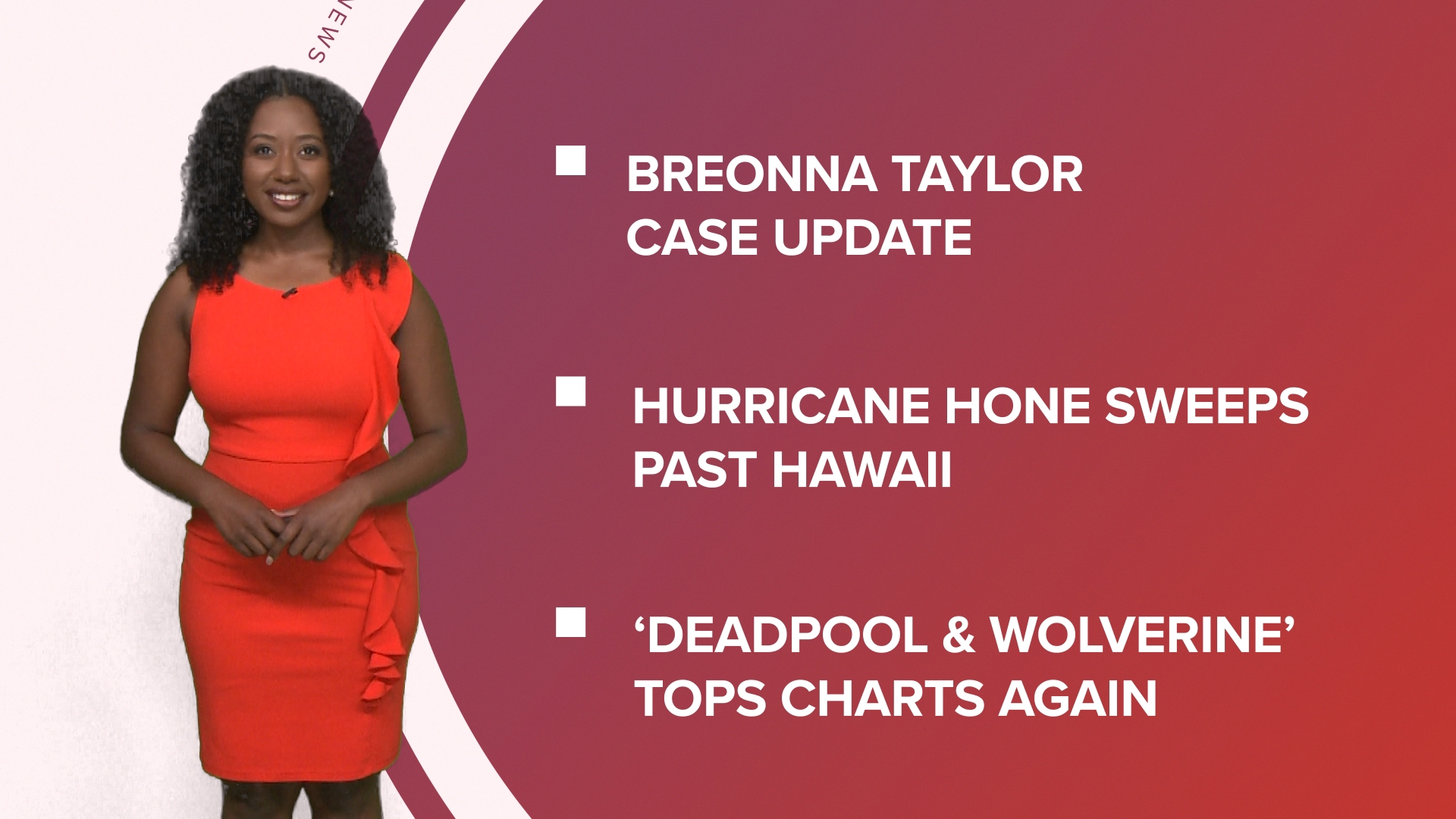COLUMBIA, S.C. — As Labor Day weekend approaches, thousands are expected to head to South Carolina’s beaches, eager to soak up the last rays of summer. But local beach officials are urging visitors to prioritize ocean safety, particularly the dangers posed by rip currents.
“When you go to the beach, a lot of people think it’s like going to the pool, where you can just get in the water and swim with no problem,” said Michael Bradley, parks manager with Charleston County Parks. “But the ocean presents all kinds of challenges.”
Bradley said it's important to never underestimate the ocean’s power.
“You have waves, you have currents, you have an outgoing tide, and you also have structures on the beach that could pose a hazard,” he said.
Rip currents account for over 80% of beach rescues performed by lifeguards, according to Bradley.
“Basically, what a rip current is, it's water flowing away from shore,” Bradley explained. “They typically form in breaks of sandbars or around structures like jetties or piers, which a lot of beaches have.”
No matter how familiar you are with the beach, Bradley urged visitors to abide by the beach’s flag system, as no current is the same.
“The ocean is not a perfectly safe place, and there could be dangers out there that we can't see or predict,” he said. “We always advise people to use caution. We fly the yellow flag to indicate moderate hazards, a red flag if the water is too hazardous for swimming, and a purple flag if there’s the presence of marine life.”
If caught in a rip current, Bradley emphasized the importance of staying calm.
“If you stay calm and realize what’s happening, the best thing you can do is try swimming parallel to the shore, not against the current. Swim down the shore, out of the current, to a safer place where you can come back in,” he advised.
As a former lifeguard himself, Bradley also emphasized the importance of listening to lifeguards.
“They’re watching out for you and are very proactive,” Bradley said. “When lifeguards call you in or ask you to move, they’re doing it for your well-being.”
For more information on beach safety, visit the United States Lifesaving Association’s website here.

